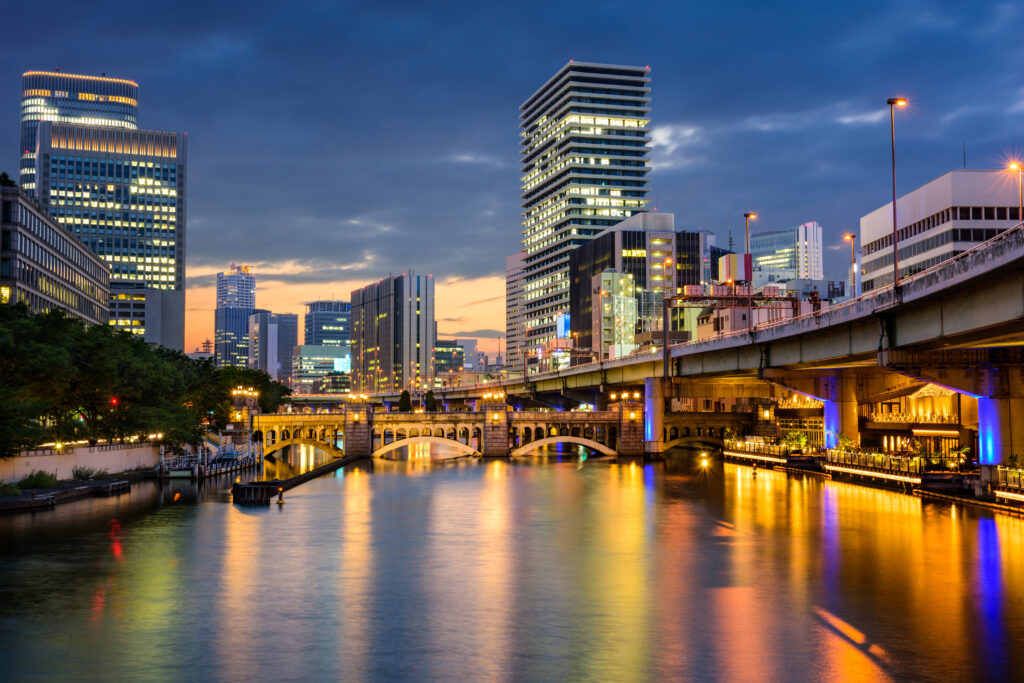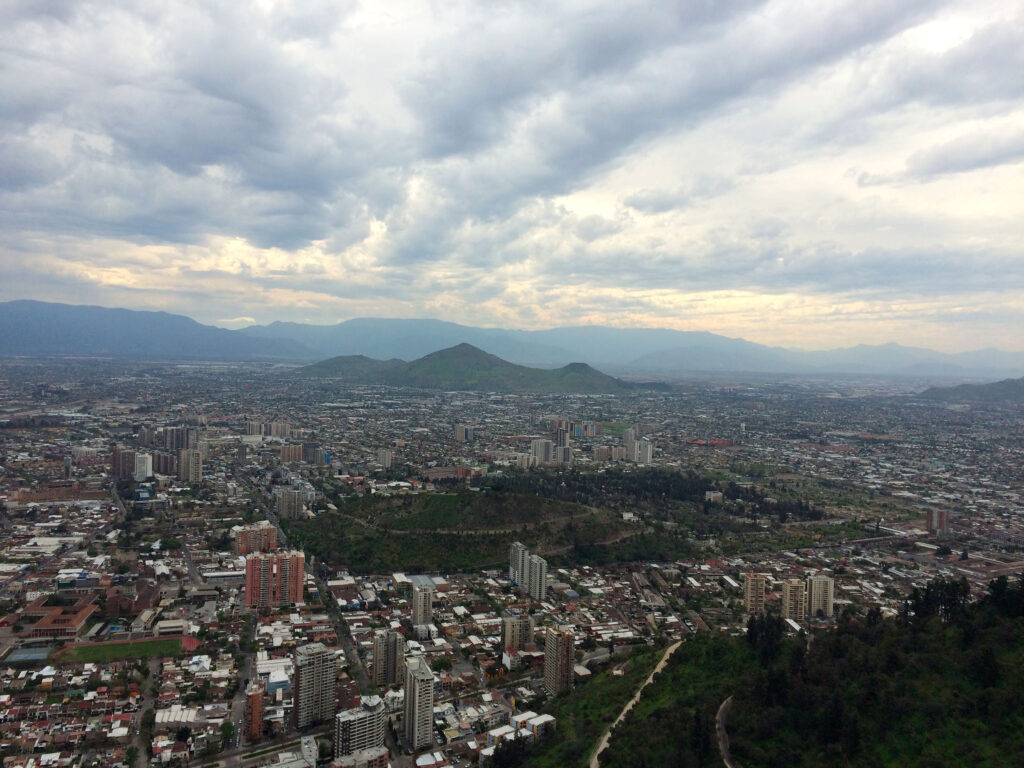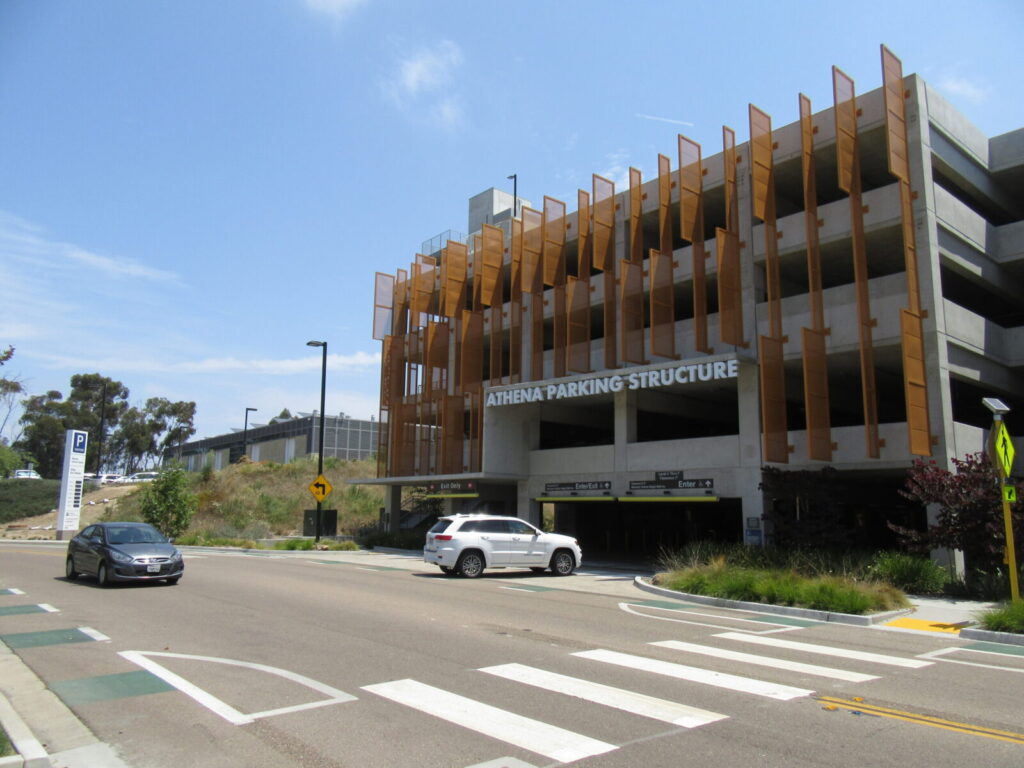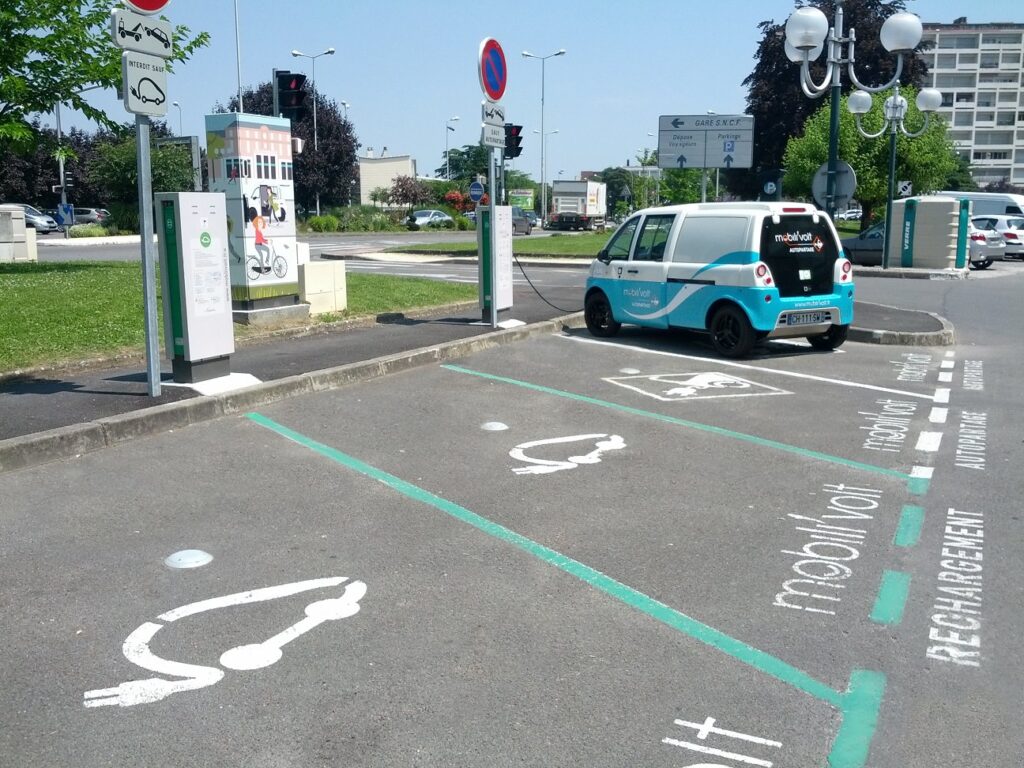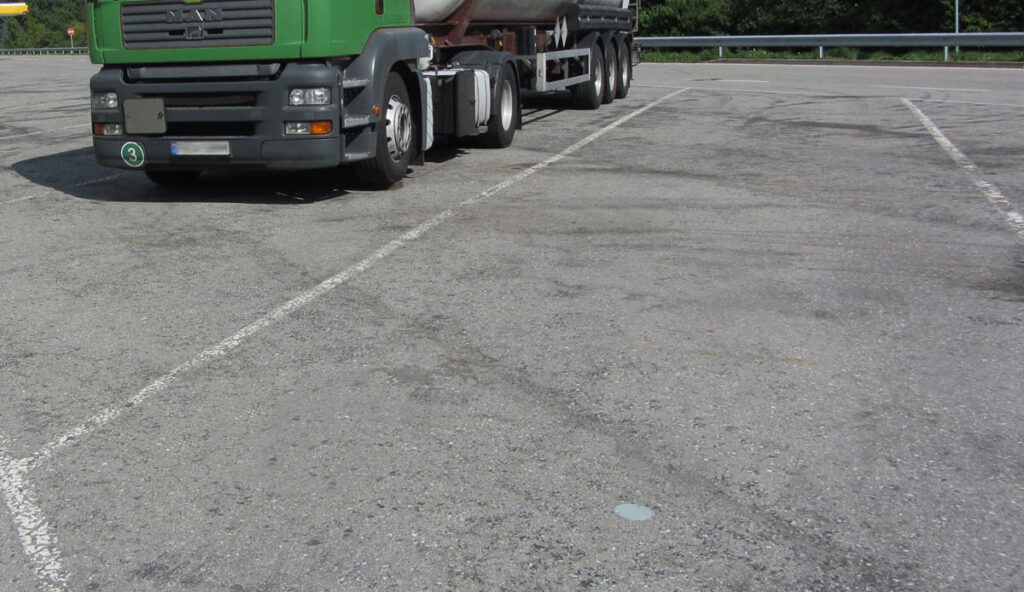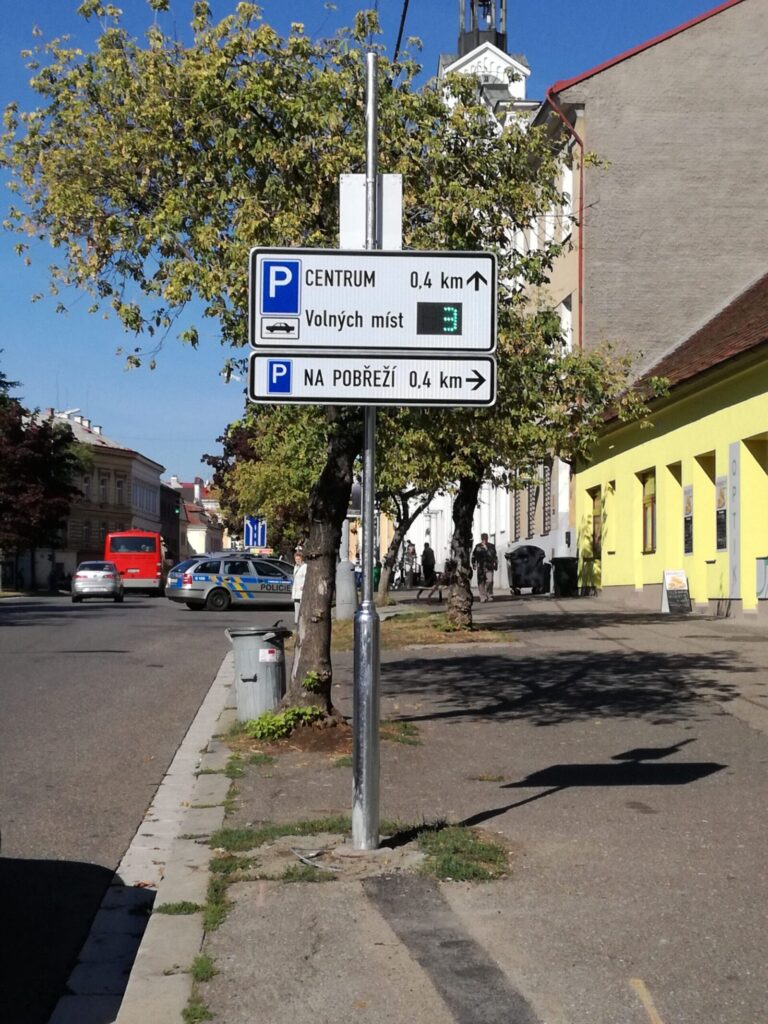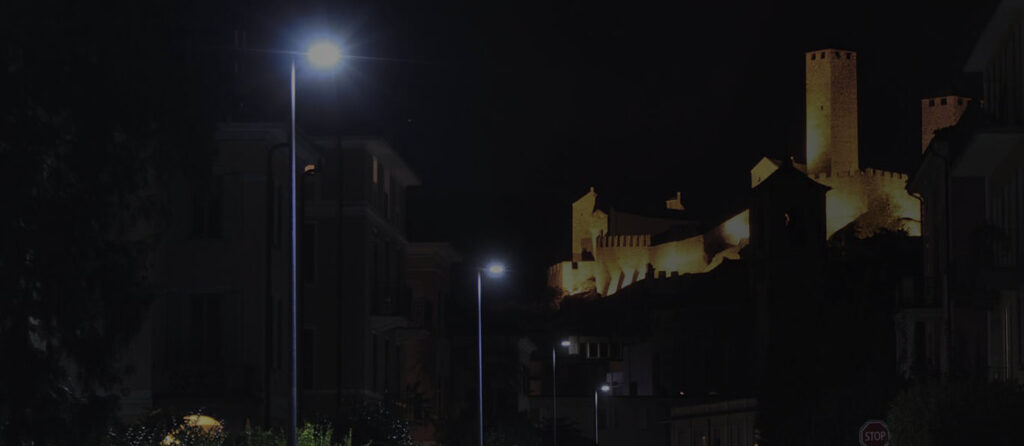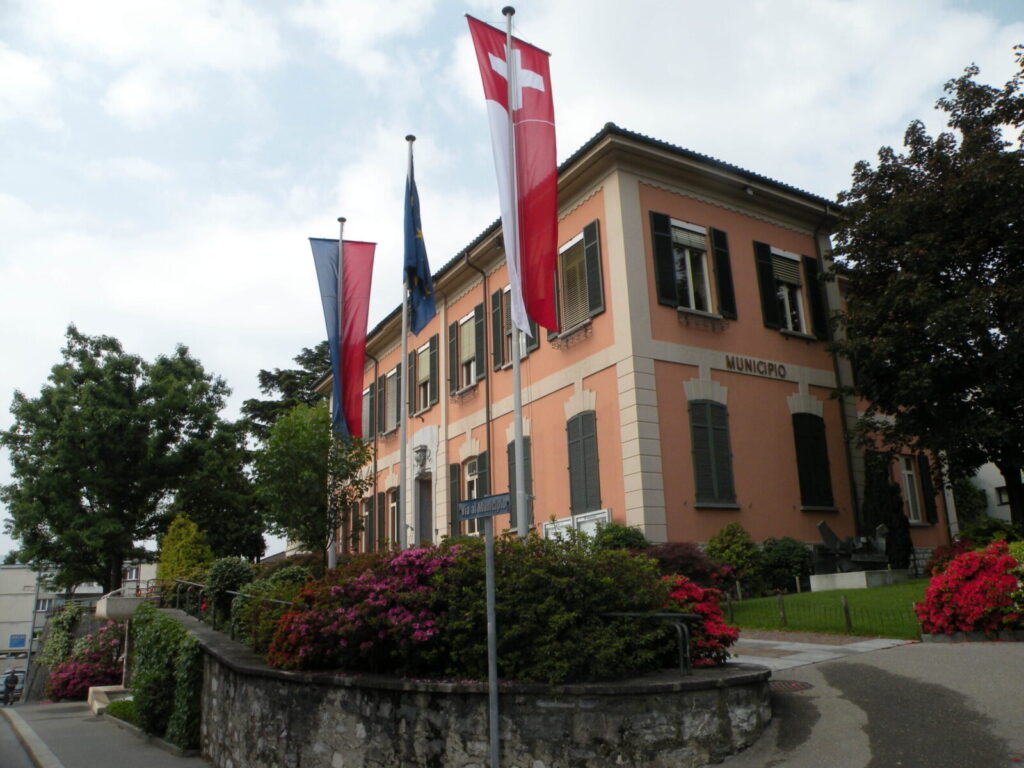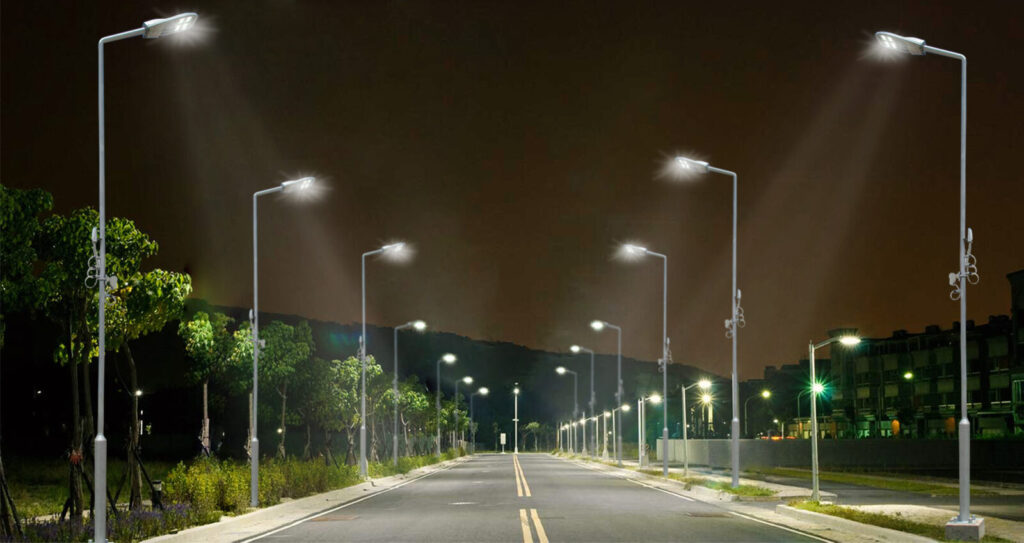In Smart Cities, local government authorities can use smart technologies and data to efficiently manage assets and resources in the growing urban environment and to improve the lives of their citizens. In Japan, Smart Cities are gaining momentum: as a resource-poor, disaster-prone country, with a growing ageing population, Japan has put energy efficiency and citizens wellbeing high on its political agenda and is looking at Smart Cities as a way to address both demands at the same time. Therefore, Smart Cities have steadily increased in number across various prefectures in Japan in recent years.
The Smart City journey of Nasushiobara, a city in Tochigi Prefecture, started in 2020 and officially took off in 2022. The municipality’s primary objectives were to become a more sustainable and more liveable city for its residents, using data to effectively access and manage its resources. A first step towards energy efficiency was taken by installing approx. 400 Smart LED Streetlights equipped with wireless dimming control technology. By applying the dimming technology, the energy consumption linked to streetlights was greatly reduced, which in turn contributed to a decrease in CO2 emissions. In 2021, when the Ministry of the Environment launched a public grant that offered funds to the municipalities that could reduce CO2 emissions via Smart Lighting, the city of Nasushiobara could tap into those funds, having reduced its energy consumption and CO2 emissions thanks to Smart LED Streetlights.
In less than a year since its installation, the city of Nasushiobara has already seen and experienced the benefits of installing MinebeaMitsumi Smart City Solution: in March 2022, when the Japanese Government requested some prefectures to lower the amount of electricity consumed due to a 7.4-magnitude earthquake that caused the temporary shutdown of some power plants for safety precautions, the city of Nasushiobara could quickly implement the request by dimming the streetlights, leading to a significant reduction in the energy consumption.
The city continued on its smart journey with the addition of 30 Pyranometers and 10 Smart Environmental Sensors that monitored sun irradiation levels and weather conditions, alerting authorities and citizens when solar irradiance reached levels that could provoke heatstroke. At the same time, the data collected were used to adjust the accuracy of photovoltaic output forecast in order to predict and manage fluctuations in the energy supply from solar panels, improving energy efficiency. In addition, Nasushiobara is now planning to add cameras and rain gauges to the streetlight poles to monitor the road conditions during heavy rain, and act if/when needed in order to prevent hazardous situations and increase road safety.
Driven by the quest for more sustainable and energy efficient solutions and the wellbeing of their citizens, other cities across Japan are following Nasushiobara’s example and are now looking at installing MinebeaMitsumi Smart City Solution.
